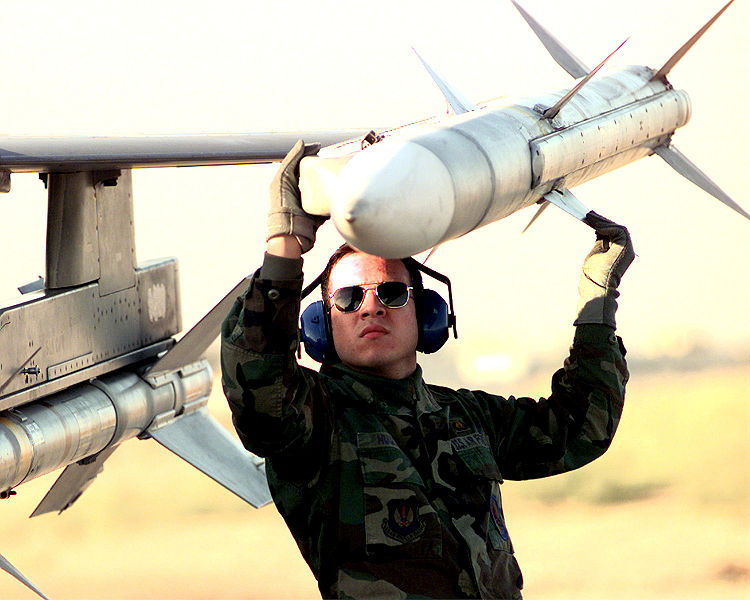Karate-Do Nyūmon - "A passage through the gates of the karate way" by Gichin Funakoshi, translated by John Teramoto. First published in Japanese in December, 1943.
Gichin Funakoshi is known as the founder of Shōtōkan-ryu, the most popular style of karate, which takes its name from master Funakoshi's pen-name.
"As far as I know, the only styles that have been handed down from the past are the Gōjū-ryū of Master Miyagi and the Shito-ryu of Master Mabuni. I have never given a name to the karate I am studying, but some of my students call it Shotokan-ryū."
Karate-dō means: the way (dō) of the empty (kara) hand (te).
Note: the dash above 'o' signifies a long 'o' sound and is called a
macron.
There are a few interesting stories in that book about master Funakoshi's teachers in Okinawa: Yasutsune Azato and Yasutsune Itosu, and about those who came before them. There is a chapter about history of karate, and a detailed description of master Funakoshi's kata (formal exercise): Ten no Kata.
The term karate in the meaning of empty hand was introduced by master Funakoshi after he arrived in Tokyo in 1922. Before that, in Okinawa, he used terms Okinawa-te and To-de. Okinawa Prefecture was at one time known as Kingdom of the Ryukyus. Kara also means 'China' in Japanese, and some translate karate as Chinese hand. Okinawa had close relations with China and 'Chinese' had an additional meaning of 'fine quality'.
Master Funakoshi gives
six reasons to use the character meaning 'empty' instead of 'China':
1. There were no written records, so kara could mean both 'empty' and 'China'.
2. Karate written with character for China could be confused with chinese martial art of kenpō. They are similar, but not the same.
3. Karate is a Japanese art form, so 'China' character should not be used.
4. 'Empty' implies weaponless, empty-handed self-defense, which is a good characterization of karate.
5. 'Empty': karateka must rid himself of self-centeredness and greed.
6. Emptiness is the true form of the universe.
How to make a
traditional outdoor makiwara (striking post):
Use Japanese cypress or cedar wood.
2.1 meters long and 9 cm wide.
9 cm thick at the bottom, 1.6cm at the top. Note: You can make two makiwaras from a 9cm by 9cm block.
1/3 buried in the ground.
The pad is made from straw and then softened with a mallet.
A cloth can be used to soften the pad.
The pad has to be protected from rain.
Karate Glossary
Hand:
seiken - regular fist
uraken - back fist
shuken - hand fist
ippon-ken - single-point index finger fist
chūkōken/nakadakaken - single-point middle finger fist
tettsui - iron hammer
nukite - spear hand, same as shihon nukite
shihon nukite - four-finger spear hand
nihon nukite - two-finger spear hand
ippon nukite - one-finger spear hand
shutō - sword hand
haishu - back of the hand
Foot:
koshi - ball of the foot
sokutō - sword foot, striking with outside edge of the foot, close to the heel
tsumasaki - toe tips
enshō - back of the heel
sokkō - top of the foot
sokutei - sole of the foot, used for sweeping opponent's foot
Elbow:
empi - elbow
ushiro empi - rear elbow
yoko empi - side elbow
shita empi - low elbow
mawashi empi - round elbow
Stance:
heisoku-dachi - feet together stance; formal attention stance
musubi-dachi - feet together, toes out; informal attention stance
hachinoji-dachi - open leg stance, like musubi-dachi but feet 30cm apart; many kata start and end in this stance; hachi means eight - the stance resembles the
Chinese character for eight: 八
zenkutsu-dachi or zenkutsu - front stance
migi zenkutsu - zenkutsu with right leg forward
hidari zenkutsu - zenkutsu with left leg forward
kōkutsu-dachi - back stance
fudō-dachi - immovable stance
kiba-dachi - horse riding stance
Command:
yōi - ready
yame - stop
rei - bow
Other:
omote - front
ura - back
kenpō - lit. fist method, Chinese martial art
budō - martial arts
kata - formal exercise
kihon - basics
kumite - sparring
karateka - karate practitioner
uke - block
soto-uke - outside block
uchi-uke - inside block
age-uke - rising block
zuki - punch
uchi - strike
oi-zuki - lit. pursuing punch, aka: front punch, lunge punch, straight punch, stepping punch
jun-zuki - front punch, shoulders 90 degrees to the arm
kizami-zuki - front punch, shoulders in line with the arm
gyaku-zuki - reverse punch
morote-zuki - double punch
teisho-zuki - palm-heel punch
kimete - focus
chūdan - middle level
jōdan - upper level
gedan - lower level
barai - sweep
ryū - style
fū - type
tanden - center of gravity in the lower abdomen
ichi - one
ni - two
san - three
ichidan - first grade, first black belt rank
kiai - spirit
maai - distance
kawasu - turning
kawashi - interaction, step in and turn to avoid an attack
yarijutsu - spear techniques
bōjutsu - stick techniques
kuchi bushi - "mouth" warrior
bushidō - the way of the warrior
makiwara - sheared straw - striking post























































